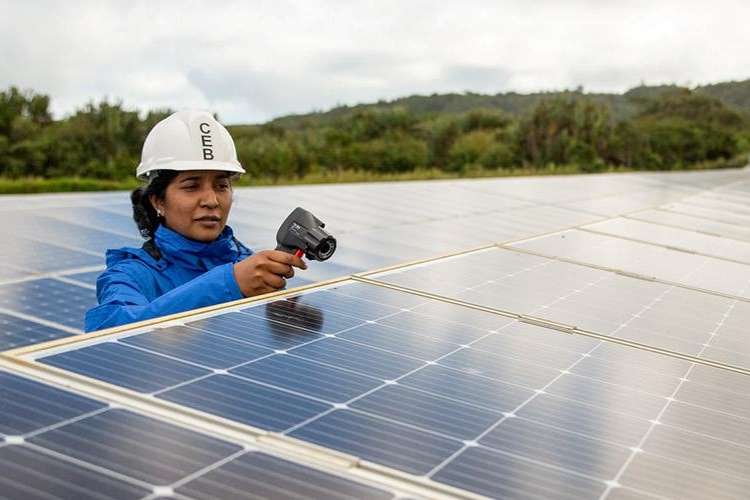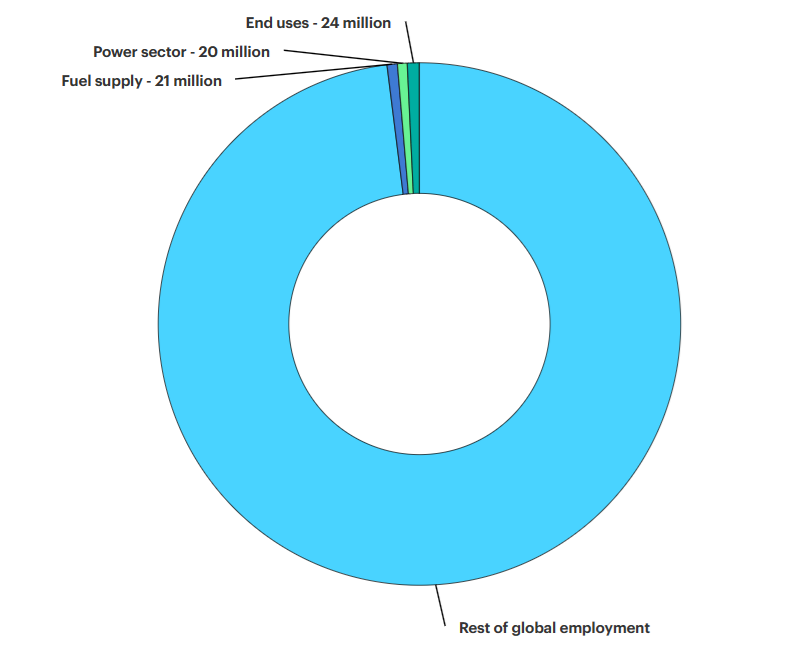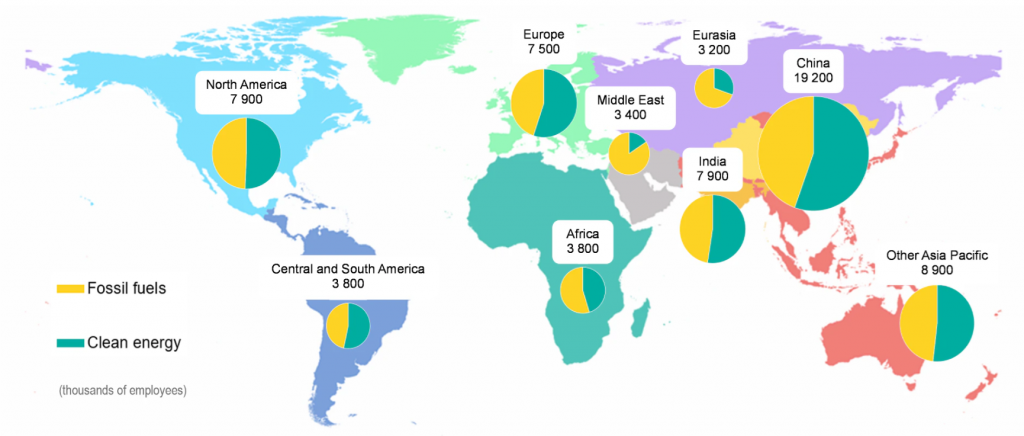
The World Energy Employment 2023 report of the The International Energy Agency offers a detailed overview of the changing energy employment landscape, underscoring the opportunities and challenges of transitioning to cleaner energy. It reveals key trends reshaping the energy workforce and underscores the necessity for proactive strategies to facilitate a fair and efficient transition.
The world is witnessing a significant energy transformation, driven by the adoption of clean technologies like solar, wind, geothermal, and hydropower. These technologies are pivotal in reducing greenhouse gas emissions, enhancing air quality, and bolstering energy security. This shift is not only environmentally crucial but also economically beneficial, creating new job opportunities and industries, and reducing reliance on unpredictable fossil fuel markets. Investing in clean energy is a step toward a sustainable future, benefiting both the environment and the economy.
READ I Slowing FDI inflows: India needs to simplify regulations, cut red tape
Energy employment as a share of global employment

Energy employment in fossil fuel and clean energy sectors

The report highlights the rapid growth of clean energy jobs, outpacing fossil fuel employment. Between 2019 and 2022, clean energy jobs increased by 15%, while fossil fuel jobs declined by 4%. This trend is set to continue, with an estimated 4.5% rise in total energy employment in 2023. Clean energy sources like solar, wind, and nuclear power are fuelling demand for skilled workers across various sectors, including engineering, construction, installation, and maintenance. This opens a myriad of opportunities for job seekers in the clean energy sector.
Upskilling and reskilling needs
The shift to clean energy necessitates a change in skills and expertise within the energy workforce. As fossil fuel jobs dwindle, demand for workers skilled in renewable energy technologies, energy efficiency solutions, and smart grid systems is rising.
The report stresses the importance of upskilling and reskilling programs to prepare the current workforce for these new roles. Governments, educational institutions, and industry stakeholders play a vital role in providing the necessary training and support for a smooth worker transition.
Geographical shifts in energy employment
The move toward clean energy is also affecting the geographic distribution of energy jobs, with developing countries experiencing faster growth in this sector than developed ones. Factors like abundant renewable resources, supportive government policies, and increasing energy demand in developing regions are driving this trend.
This shift presents both opportunities and challenges for developing countries, including job creation and economic growth, alongside the need for educational and training investments to capitalise on these opportunities.
Risks of skilled labour shortages
The clean energy sector’s rapid growth and the increasing complexity of energy technologies highlight potential labor shortages. The report points to a possible mismatch between skilled worker demand and supply.
Addressing this challenge requires a collaborative approach involving governments, educational institutions, and industry stakeholders. Strategies like investing in STEM education, promoting apprenticeship programs, and fostering industry-academia collaboration are vital to maintaining a skilled labor supply for the clean energy sector.
Ensuring a just transition for workers
The shift to clean energy must include measures to support workers impacted by the decline of fossil fuel industries. The report emphasizes the need for social safety nets, retraining opportunities, and relocation support. Governments are crucial in developing and implementing just transition policies, ensuring a fair transition for all energy sector workers. By addressing the social and economic impacts, countries can widely share the benefits of a clean energy future.
The IEA’s report provides valuable insights into the evolving dynamics of energy employment, focusing on the growth of clean energy jobs, the need for upskilling and reskilling, geographical shifts, skilled labor shortages, and the importance of a just transition for workers.
As the world advances towards a cleaner energy future, it’s vital to address these challenges and capitalize on the opportunities. By investing in education and training, fostering industry-academia collaboration, and implementing just transition policies, we can ensure a smooth and equitable move towards a sustainable energy future.
Embracing clean energy technologies is key to a sustainable future. By utilizing renewable sources, we can significantly cut greenhouse gas emissions, combat climate change, and improve air quality. This transition offers economic benefits, creating new jobs and industries, and promoting energy independence. Investing in clean energy symbolizes a commitment to a world where we live in harmony with nature, ensuring economic growth without environmental degradation, and leaving a healthy, vibrant, and sustainable planet for future generations.

